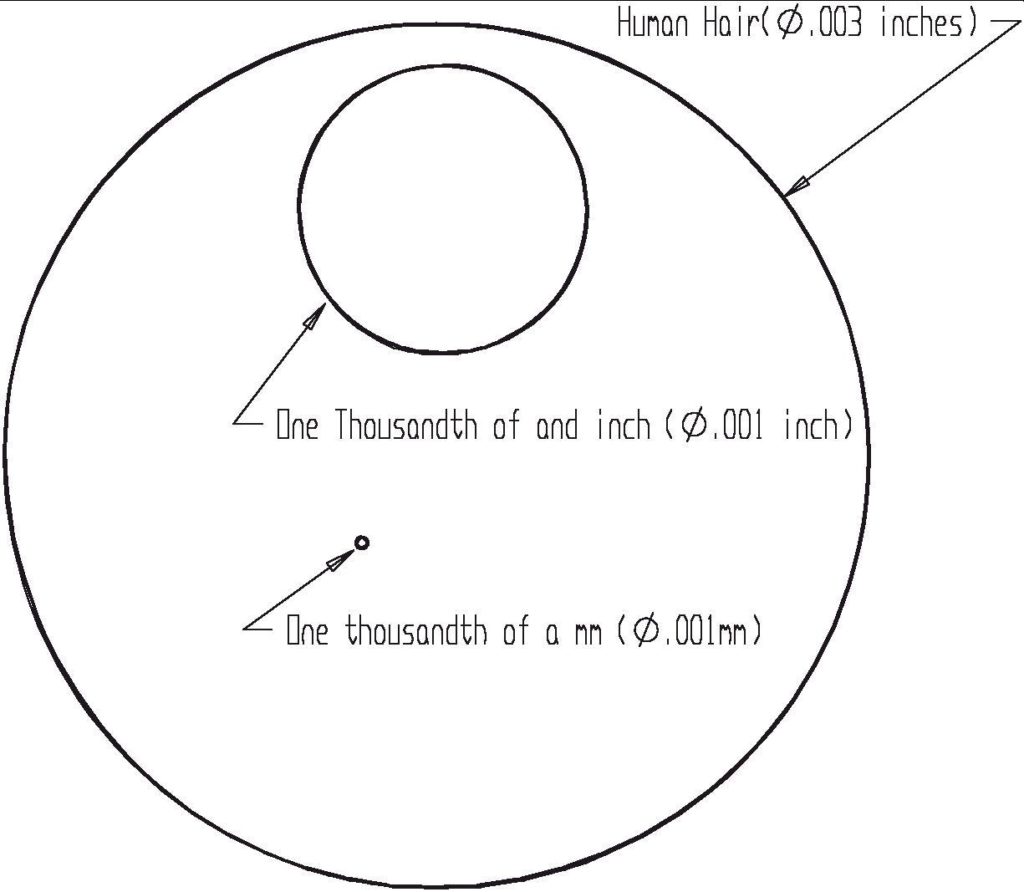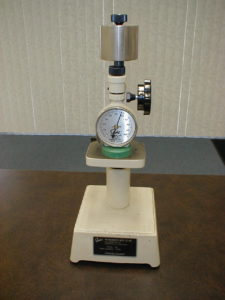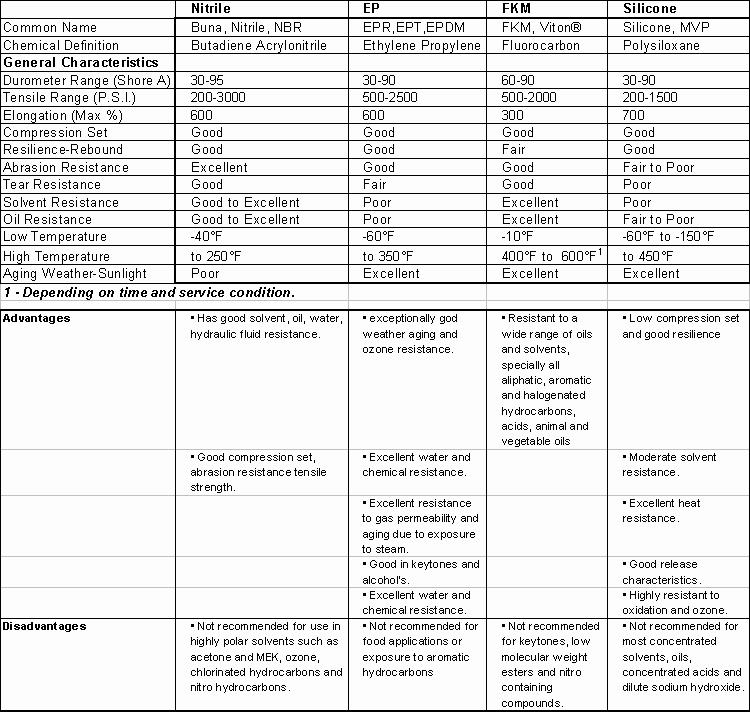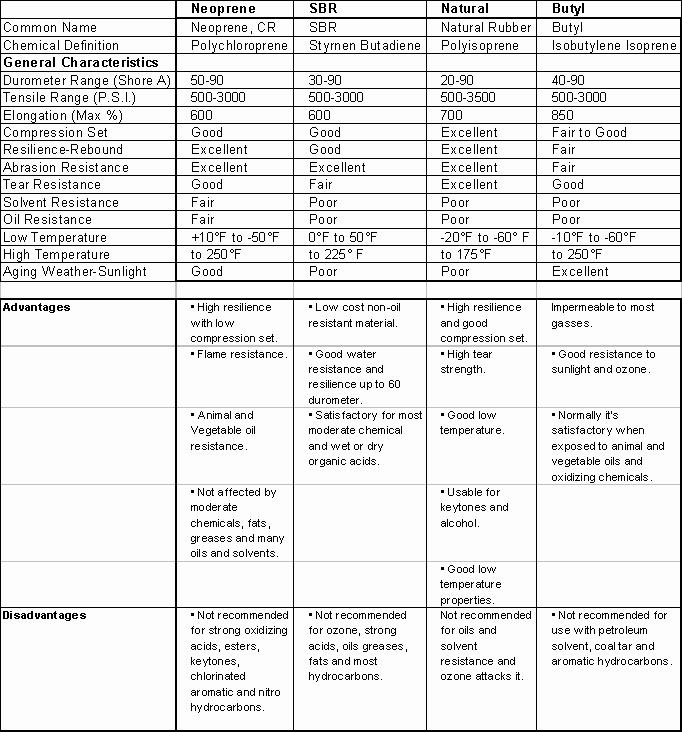Introduction to O-Rings
Written by Dale T. McGrosky
What is an O-Ring?
An O-ring is a donut, or torus shaped seal typically used to prevent the passing of air or fluid. In other words, O-rings are used to keep fluid or air IN or OUT of a defined space. For example, My underwater camera uses O-rings to keep water out and my SCUBA regulator uses O-rings to prevent precious air from escaping. O-rings can be used for more than preventing air or fluid from passing, they are also used as drive belt, decorative objects on furniture, cups and automotive parts and also used as body jewelry.
How Does an O-ring Seal Anyway?
Before we go over types of materials, hardness, sizes and tolerances of O-rings lets talk about how the O-ring actually seals. Basically an O-ring is used to block a pathway that fluid or air may escape through. O-rings are usually put into a groove to hold them in place and then squeezed between two surfaces. When you squeeze the o-ring between two surfaces you are taking up the clearance and blocking the pathway that the fluid or air wants to escape through. When an O-ring is squeezed the rubber has a memory. In other words it wants to go back to its original shape. This memory is how the O-rings seal under low to no pressure. When pressure is applied to the system this also helps the O-ring seal by pushing the o-ring against the groove wall opposite the direction of the pressure and forcing it expand perpendicular to the direction it is being squeezed by the pressure. Wow, what a mouth full. Lets see if we can explain that a little more simply. Take a water balloon, for all practical purposes water is not compressible. When you squeeze the water balloon between your hands it expand in the opposite direction. Go ahead and get a water balloon and try it. The O-ring does the same thing in the groove. Pressure squeezes the o-ring against the wall of the groove forcing it to expand in the opposite direction helping the o-ring to seal against the walls of the groove (See the diagram below). Starting to get the picture?

Sizes
In most cases, O-rings are sized by the inside diameter (I.D.) then by the cross section (C/S) or width (W). When you call out an O-ring by its size you would give the I.D. first then the C/S second. Like this: 1.239X.070 inches. This is also how metric O-rings are called out. For example: 25.50X2.50. The reason for calling the I.D. instead of the O.D. is the I.D. is what has the tolerance on it (We’ll talk more about tolerances later). The O.D. is usually given as a reference only.

You may have noticed that on the metric size we only went to the hundredth decimal place, or 2 digits past the decimal point (.01) and on the inch size we went to the thousandth decimal place, or 3 digits past the decimal point (.001). A thousandth of a millimeter (.001mm) would equal .000039 inches which is really too small to be concerned about for O-rings (See diagram). You can convert inches to mm and vice versa by these formulas. Inches X 25.4 = mm and mm X .03937 = Inches.
O-Ring Size Standards
You probably have run across someone calling for a dash number like -012 or ñ213 when they reference an O-ring. These “Dash Numbers” are actually from Aerospace Standard AS568B that assigns a dash number and tolerances to a size of o-ring, I.D. X C/S. AS568B size O-rings, commonly referred to as standard size O-rings, are probably the most common used here in the US and pretty much found everywhere. But, it doesn’t stop here, there are several other size standards throughout the world such as DIN3771, British Standard (BS), Japanese Industrial Sizes (JIS-B-2401) and many others.
Tolerances
Since O-rings can not be made exactly to their dimensions every time, manufactures are allowed to make them within range of their original dimensions. Variations in the rubber compound and in the manufacturing process cause slight variations in the shrink of the material and effect the finished size of the O-rings. Note that O-rings are made larger because they shrink in the mold and during the post curing stage. These variations make it difficult to mass produce O-rings to their exact dimensions so the need for tolerances comes in. Tolerances can be expressed in several different ways. The most common is a “±” figure like 1.239 ± .011. Others state a range that is acceptable for a dimension, like 1.228-1.250 inches. Therefore 1.239± .011 is the same as 1.228-1.250. (Go ahead, do the math, my boss made me double check this.) Tolerances play an important part in seal design but weíll discuss this in a future article.
Type of Elastomers
O-ring seals are commonly made of rubber but they can also be made with plastic or metal. 36 different types of rubber compounds exist on the market today because of the different temperatures, chemical exposures and environments that O-rings are subjected too. For instance, Nitrile, also called Buna, resists oils and greases very well but will not last when exposed to sunlight or ozone. On the other hand ethylene propylene has good resistance to sunlight and ozone but is not good with hydrocarbon based oils and greases. Temperature range also plays a major role in material selection. Some applications require a material with a low temperature range. An air conditioning unit may see temperature as low as -40∞F or more, some Nitrile works to -55∞F, while other applications may go as high as 600∞F or more. In this case silicone may be a good choice. For more information on material selection see the Material Characteristics Chart in this document.
Rubber Hardness

Figure Caption “Durometer gauge with conveloader stand. The conveloader helps to make the durometer readings more consistent by controlling the force and rate which is applied to the gauge as well as keeping it perpendicular to the sample being tested.”
Now that we went over types of elastomers and temperature ranges there is one more property of the rubber you have to consider when choosing an O-ring — the hardness of the rubber. Rubber material can be made very soft, a low durometer reading, to very hard, a high durometer reading. The hardness is usually called out in increments of 5 durometer points, for example 60, 65, 70 and so on. The hardness of rubber also has a tolerance of ±5 points. This is due to the fact the hardness is hard to control because of all the variables involved in the compounding and the manufacturing process. You want to know some of the variables? Well, each of the ingredients of the rubber compound vary slightly from batch to batch not to mention the when you mix all the ingredients together to make the rubber compound will also vary from batch to batch. Add this to the variables in manufacturing like temperature of the mold and ovens, time in press and oven and so on can cause the hardness to vary. Therefore manufactures ask for a tolerance of ±5.
Rubber is made in different hardnesses for several reasons. Some sealing surfaces may not be totally smooth. The little voids, pits and scratches allow a pathway for fluid or air to escape through. Softer materials tend to flow better into these voids and imperfections on the sealing surface creating a better seal. On the other hand, harder rubbers will not do this as well but they do resist extrusion cause by high pressures. Softer rubbers tend to extrude into the clearance between the two parts being sealed when exposed to high pressure causing a failure of the O-ring seal.
Coefficient of friction, either static, breakout or running friction is also effected by the hardness of the rubber. Softer rubber has a higher coefficient of friction, meaning if you take a piece of rubber and try to slide it across the surface of your desk. The higher the friction more force is needed to make it move and keep it moving. Coefficient of friction plays a factor when the O-rings are sealing a part that moves.
Hardness of rubber is measured with a durometer gauge (see picture above). There are many scales of durometer gauges like type A, B, C, D, O, OO. These different scales are necessary to measure the hardness on different material such as soft rubber, soft plastic and hard plastic.
Durometer is the measure of how far an indentor penetrates the sample. The softer the rubber the more the indentor penetrates the sample causing a low durometer reading. The harder the rubber the less the indentor penetrates the sample causing a higher durometer reading. The durometer scales are from 1-100. Glass would give a reading of 100. Type A and M are the durometers used for rubber. Small O-rings can not accurately be tested using the type A gauge because of the small size and curvature of the O-ring. So there is a Type M durometer gauge. This durometer gauge has a smaller indentor and lighter spring that is suitable for checking the hardness of small thickness O-rings. Unfortunately you can not convert Type A to Type M or vice versa. There is no correlation between these scales.
There are many factors that effect durometer readings. Temperature, humidity, how much force is applied to the gauge, how fast the gauge is pushed down and when the reading is taken all play a part in what type of reading you will get. Many durometer gauge manufactures have a conveloader to reduce some of the variations by controlling the force and rate that is applied to the gauge. But note that it is not uncommon for two people to get two different reading from the same rubber sample and gauge. Durometer reading are only accurate to around ±2 so don’t get frazzled when the readings are not the same between you and your boss.
O-rings come in many sizes, hardness’, elastomers and colors to suite the particular application. If you need further assistance in choosing an O-ring seal please give one of our friendly customer service representatives a cal at 800-322-8366 and we will be glad to assist you.



